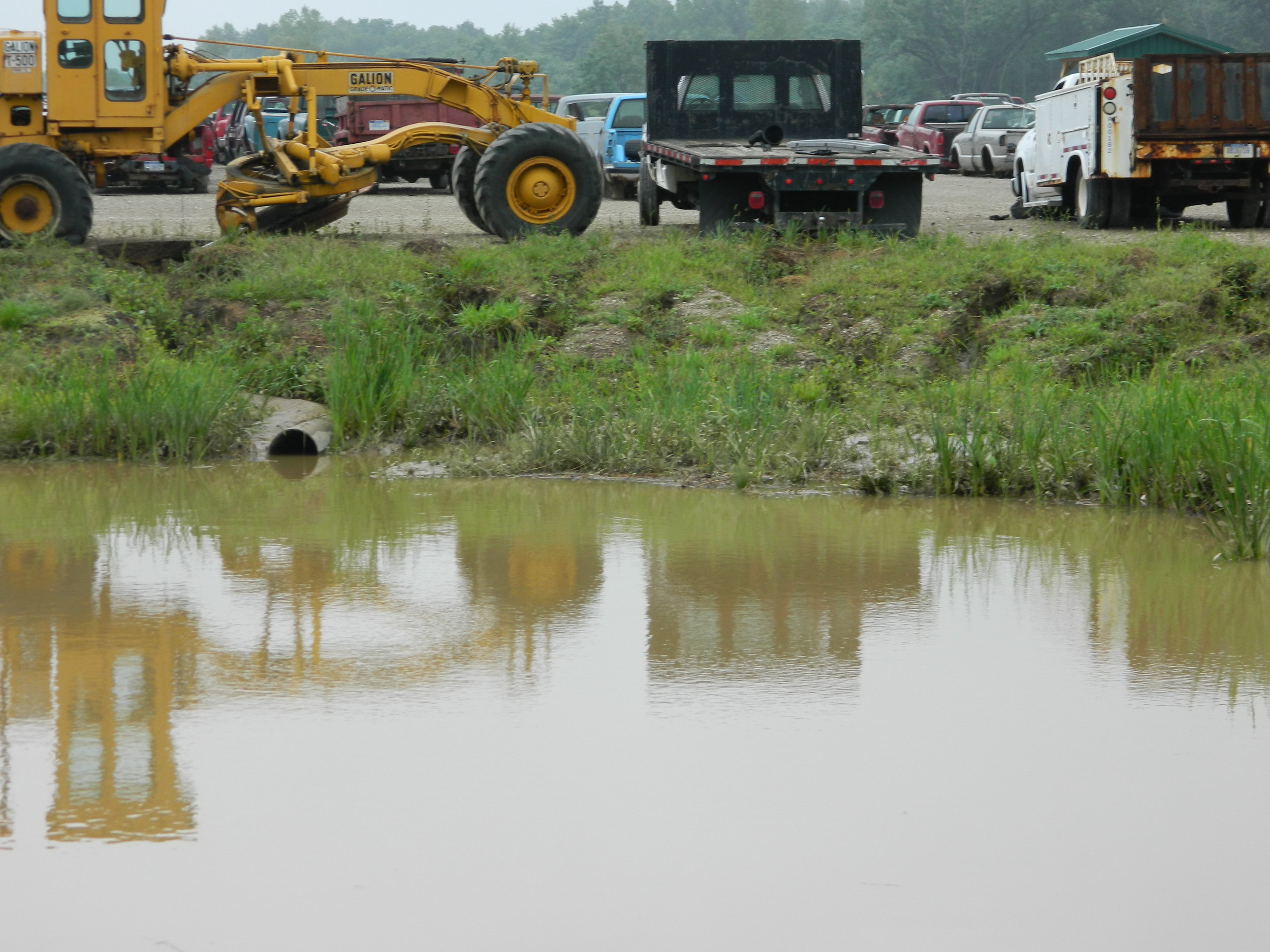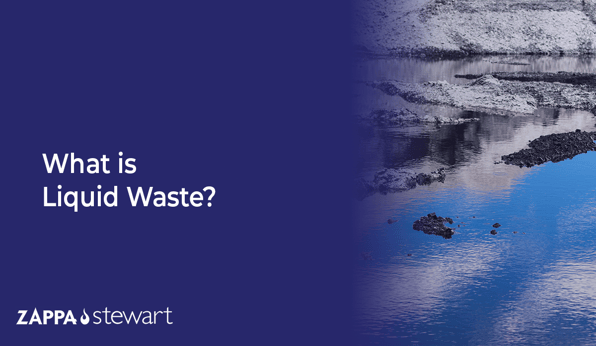Professional Liquid Waste Removal Melbourne: Keeping Your Atmosphere Tidy
Professional Liquid Waste Removal Melbourne: Keeping Your Atmosphere Tidy
Blog Article
Comprehending the Comprehensive Refine of Fluid Garbage Disposal: Ideal Practices and Environmental Effect Factors To Consider
The monitoring of liquid waste disposal is a diverse issue that calls for a thorough understanding of numerous best methods and their associated environmental impacts. From the kinds of fluid waste generated to the methods used for collection, therapy, and final disposal, each action plays a critical duty in guarding environments and public wellness. As regulatory criteria progress and technology breakthroughs, the conversation around these procedures comes to be significantly significant. What implications do these changes hold for future sustainability efforts, and exactly how can stakeholders guarantee that they are adequately resolved?
Kinds Of Liquid Waste
Comprehending the numerous sorts of fluid waste is vital for reliable management and disposal methods. Fluid waste can be extensively categorized into a number of kinds, each requiring distinct handling and therapy approaches.
Industrial liquid waste usually contains dangerous materials, including heavy metals, solvents, and chemicals, produced during making processes. These wastes require strict regulative conformity to secure human wellness and the environment. Domestic liquid waste largely describes wastewater produced from families, consisting of sewer and greywater, which, although much less poisonous, can still present significant threats if poorly handled.
Agricultural fluid waste, including runoff from farms, typically consists of plant foods and chemicals that can bring about ecological destruction otherwise dealt with appropriately. Medical fluid waste, produced from health care facilities, includes contaminated fluids such as physical liquids and chemicals, calling for specialized disposal approaches to avoid infection and ecological contamination.
Last but not least, oil and oil waste, commonly generated by dining establishments and vehicle markets, can cause severe blockages in sewage system systems otherwise handled correctly. Comprehending these groups promotes targeted approaches for therapy, compliance with regulations, and reliable disposal techniques, ultimately advertising environmental sustainability and public health safety and security.

Collection Methods
Effective collection approaches are vital for the appropriate monitoring of fluid waste, ensuring that it is collected safely and successfully before therapy or disposal. Various strategies are utilized relying on the sort of fluid waste generated, the quantity, and the specific features of the waste.
One common approach is making use of committed collection tanks or sumps, which are created to capture fluid waste at the resource. These systems typically include pumps that help with the transfer of waste to bigger storage containers or therapy facilities. Furthermore, mobile collection devices equipped with vacuum cleaner modern technology are used in situations where waste is created intermittently or in hard-to-reach places.
For commercial setups, closed-loop systems can efficiently reduce leaks and spills, permitting for the recuperation and reuse of fluid waste. It is likewise vital to train personnel on correct collection protocols to reduce threats connected with harmful materials.
Furthermore, carrying out normal upkeep timetables for collection equipment makes certain optimal efficiency and safety and security. The integration of advanced surveillance systems can enhance collection effectiveness by giving real-time data on waste degrees and potential risks. Generally, reliable collection approaches are fundamental to lasting fluid waste administration methods.
Therapy Processes
Treatment processes play an important function in the monitoring of liquid waste, transforming potentially harmful products right into secure effluents or reusable resources - liquid waste disposal. These procedures can be generally categorized into physical, chemical, and biological techniques, each tailored to deal with particular impurities present in the waste stream
Physical therapy approaches, such as sedimentation and purification, work by eliminating suspended solids and particulate issue. These methods are usually the primary step in the treatment chain, successfully lowering the lots on succeeding processes. Chemical treatments involve using reagents to reduce the effects of damaging substances, speed up heavy steels, or oxidize organic toxins, thus improving the safety and security of the effluent.
Biological therapy processes, consisting of turned on sludge systems and anaerobic food digestion, maximize the all-natural capabilities of microorganisms to deteriorate raw material. These methods are particularly reliable for wastewater including eco-friendly contaminants. Advanced therapy technologies, such as membrane filtration and advanced oxidation procedures, are increasingly utilized to accomplish greater levels of purification.
Including a mix of these therapy methods not only makes certain compliance with regulatory requirements yet also promotes ecological sustainability by recouping valuable resources from liquid waste.
Disposal Options
Just how can companies guarantee the risk-free and liable disposal of liquid waste? Effective disposal choices are critical for protecting public health and wellness and the atmosphere. The key approaches consist of land therapy, disposal, and incineration followed by discharge into local wastewater find more information systems.
Land disposal entails the mindful containment of liquid waste in marked landfills, making sure that it does not seep right into surrounding soil or water. Incineration, on the other hand, subjects fluid waste to high temperatures, transforming it right into ash and gases, which need correct purification to decrease exhausts. This approach is appropriate for harmful wastes that can not be treated through traditional ways.
In cases where liquid waste can be dealt with, companies may opt for chemical or biological treatment procedures to neutralize damaging components before releasing the dealt with effluent right into municipal systems. This course normally lines up with regulatory requirements, making certain that the effluent fulfills security standards.
Inevitably, companies should conduct detailed evaluations of each disposal option to determine its stability, thinking about factors such as waste make-up, governing compliance, and prospective risks to wellness and the atmosphere. By picking proper disposal methods, organizations can add to a liable waste administration strategy.
Environmental Influence
The ecological impact of liquid garbage disposal is an essential consideration for companies seeking to decrease their environmental impact. Improper disposal approaches can lead to considerable contamination of water sources, soil destruction, and unfavorable results on local ecological communities. As an example, harmful fluids can leach right into groundwater, positioning risks to alcohol consumption water supplies and aquatic life. Furthermore, the discharge of without treatment or inadequately dealt with waste into surface waters can lead to eutrophication, bring about oxygen deficiency and the succeeding death of fish and other organisms.

To alleviate these effects, companies need to embrace finest practices such as executing extensive waste therapy procedures, promoting recycling and reuse, and sticking to governing criteria. By taking a positive method to liquid waste management, entities can significantly lower their ecological footprint while supporting lasting growth objectives. Inevitably, a detailed understanding of the environmental influences linked with liquid waste disposal is essential for educated decision-making and liable stewardship of all-natural resources.
Conclusion
Reliable administration of liquid waste is critical for securing ecological integrity and public health and wellness. By embracing best methods in collection, treatment, and disposal, together with adherence to regulative criteria, the possibility for unsafe contamination of ecological communities can be substantially reduced. Continual improvements in technology Your Domain Name and processes add to sustainable waste management initiatives. Ultimately, a thorough understanding of liquid garbage disposal not only minimizes environmental effects however also promotes a dedication to responsible resource monitoring and environmental stewardship.
The monitoring of fluid waste disposal is a multifaceted concern that requires a detailed understanding of various finest methods and their linked environmental impacts. From the types of liquid waste produced to the techniques utilized for collection, therapy, and last disposal, each action plays a critical role in protecting ecological communities and public health.The ecological influence of fluid waste disposal is a vital consideration for organizations looking for to minimize their ecological footprint. Eventually, a detailed understanding of the ecological influences connected with fluid waste disposal is necessary for educated decision-making and liable stewardship of all-natural resources.
Eventually, a thorough understanding of liquid waste industrial wastewater treatment solutions disposal not only reduces environmental effects however likewise fosters a dedication to accountable resource administration and environmental stewardship.
Report this page